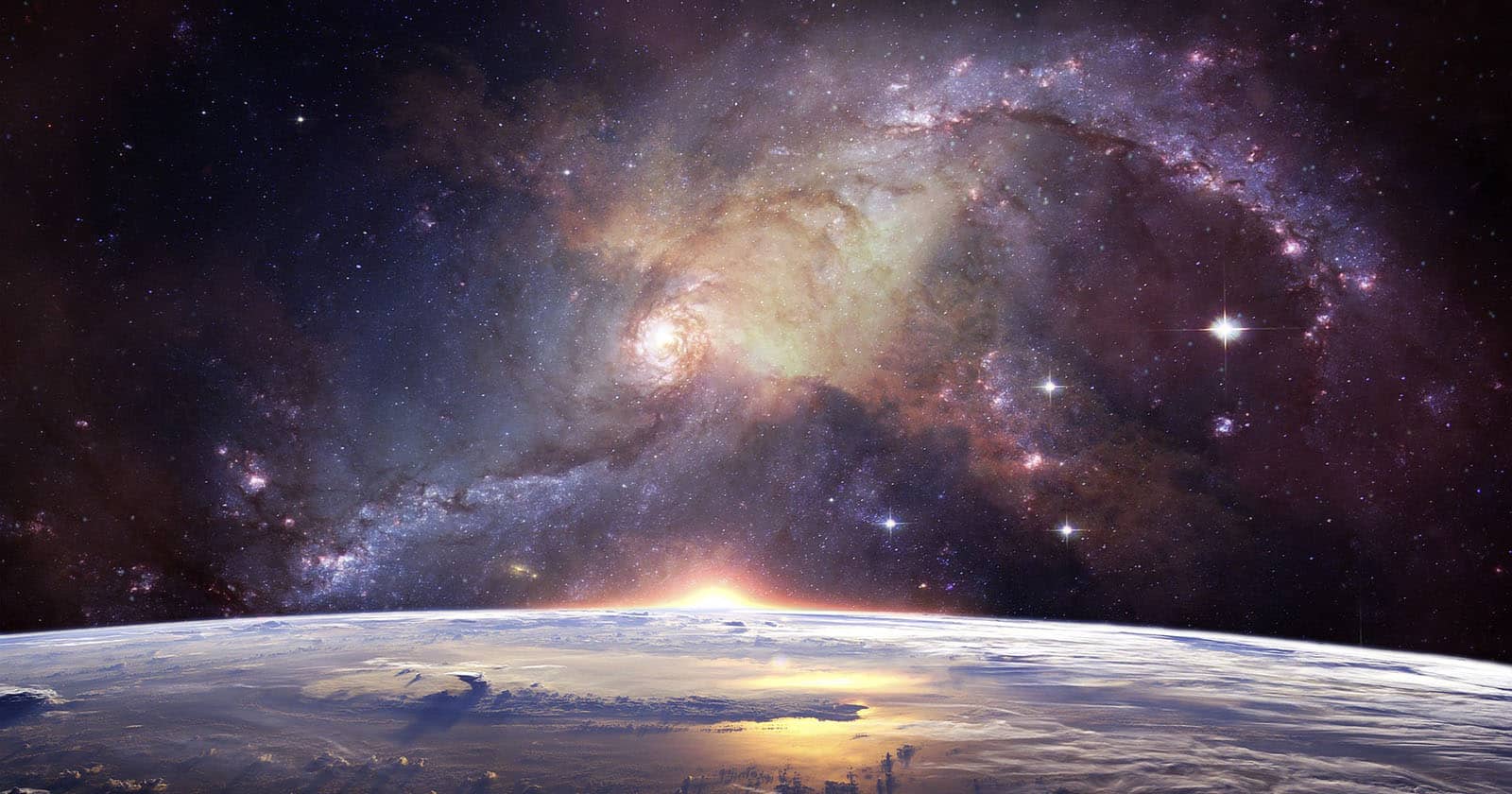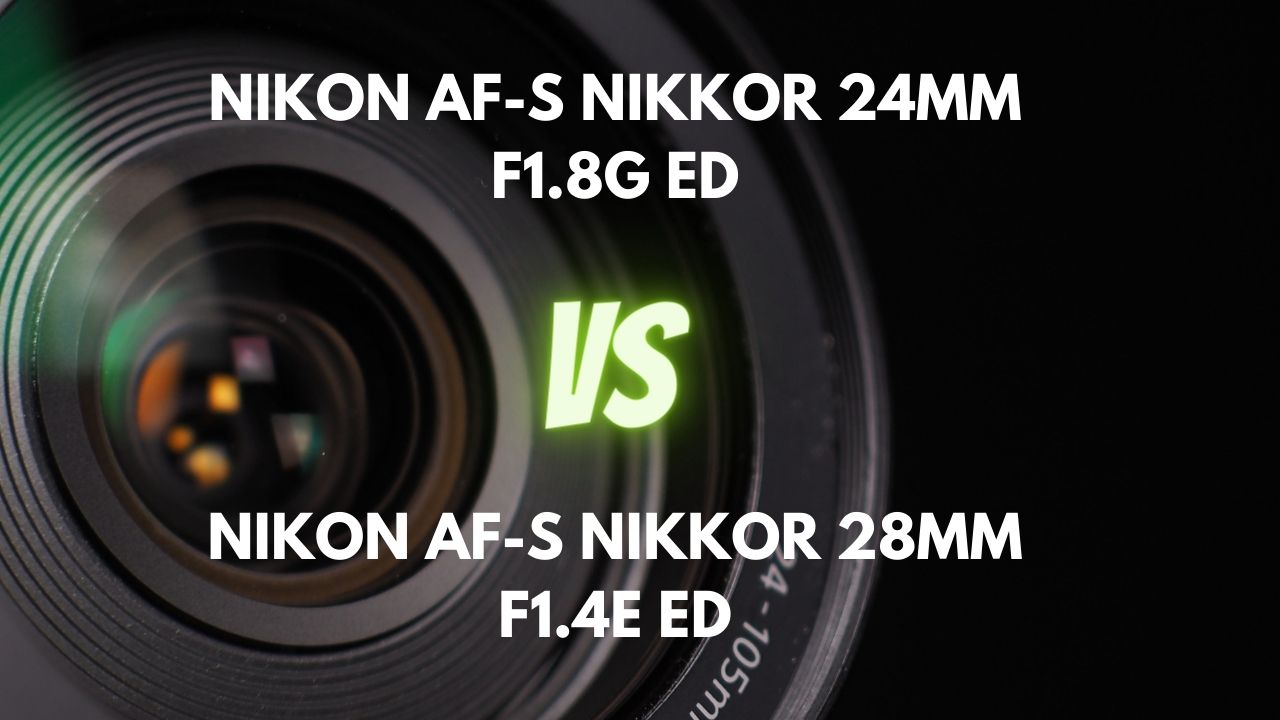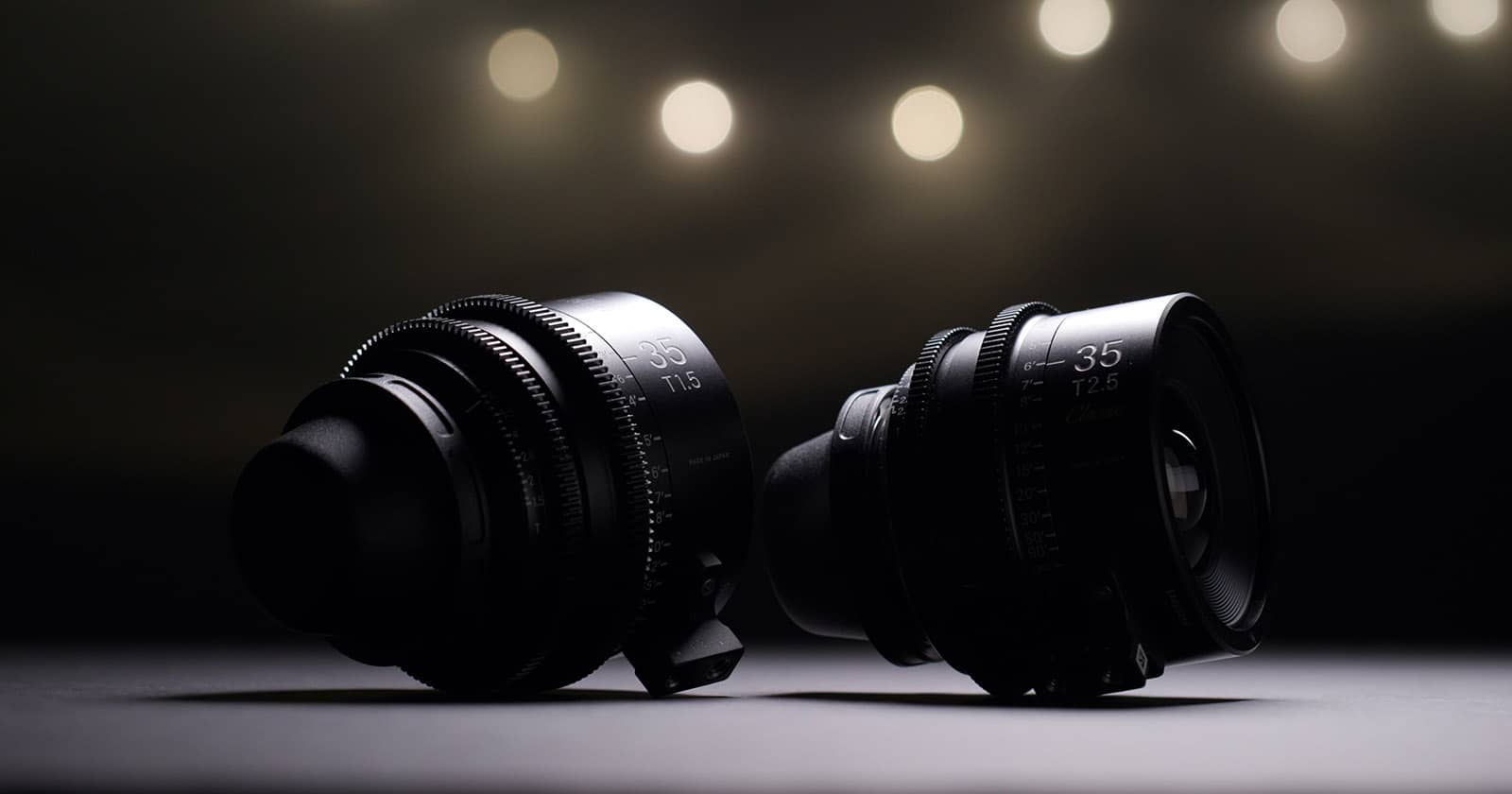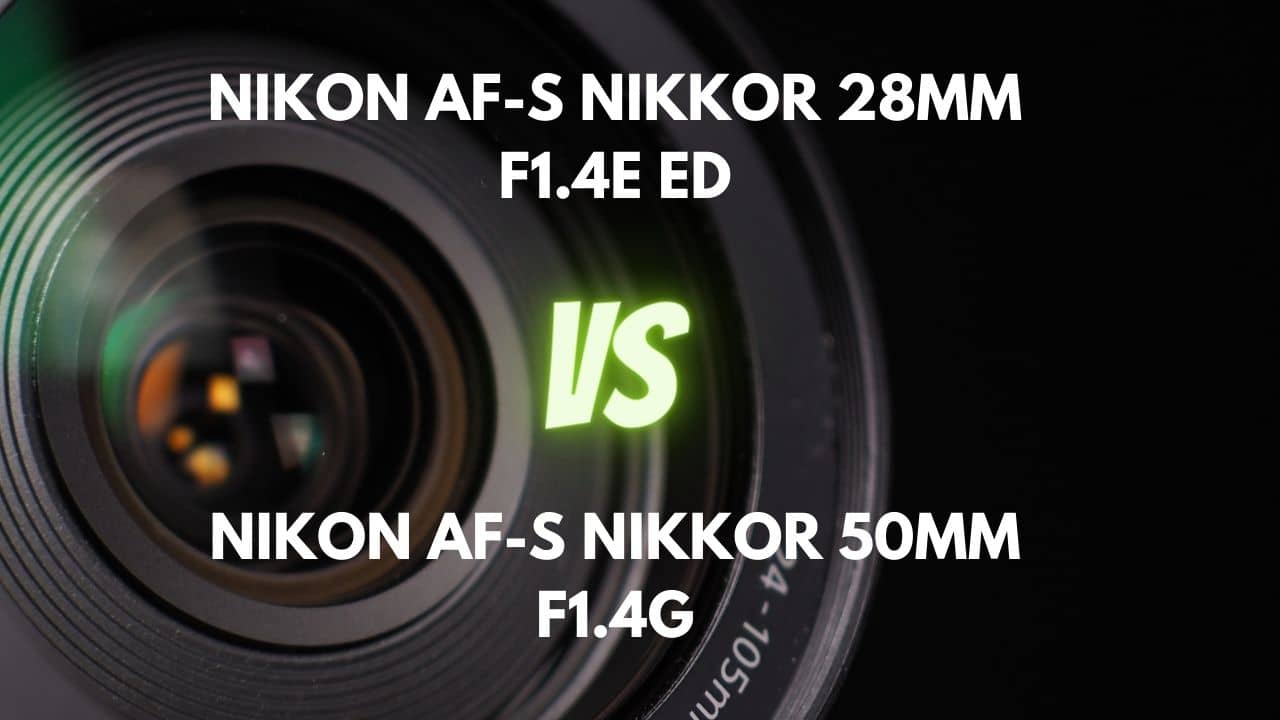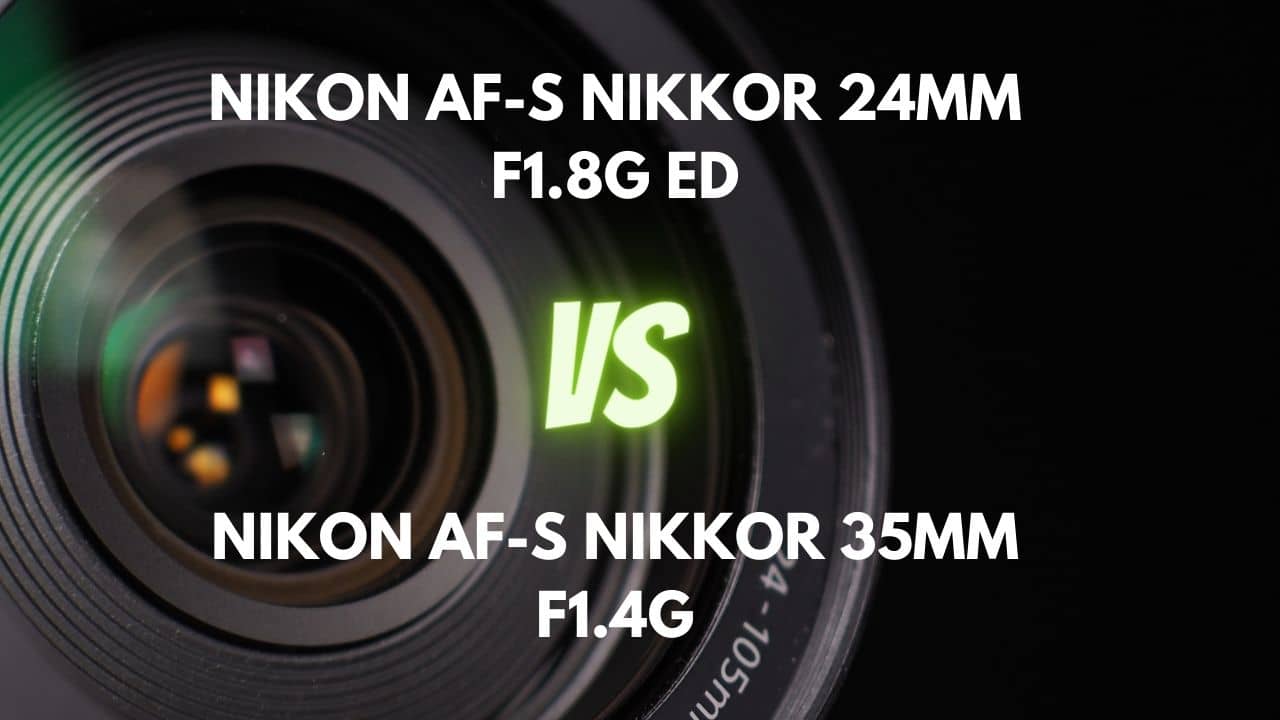It’s a common misconception that astrophotography is best shot using a wide-angle lens. Wide-angle lenses allow you to capture a wider field of view of the night sky, which is excellent for capturing the Milky Way and star trails. But these are basic astrophotography subjects.
Once you’ve mastered these elements and feel the need to improve, you will look for ways to capture even more exotic images of deep sky objects like Nebulae, star clusters, and more.
A wide-angle lens won’t give you any chance to shoot those subjects. You will need either a widefield telescope or get yourself a telephoto lens with a wide open aperture to provide yourself with the opportunity to capture deep space objects.
Are telephoto lenses good for astrophotography?
Telephoto lenses are an excellent choice for capturing Astro images. Distant objects like star clusters, the Andromeda galaxy, and nebulae (clouds of gas and dust, also responsible for star formation) are typical objects that can only be captured when you have a telephoto lens to shoot with.
A telephoto lens, 135mm to 200mm, is an excellent choice for capturing these deep-space objects. Another thing to remember is that these objects require a larger aperture so that enough light can be captured and proper exposure can be made.
Lenses such as the Sigma 105mm f/1.4 or the Sony FE 135mm f/1.8 are typical lenses best suited for these astrophotography subjects.
Should you choose a prime telephoto or zoom telephoto lens for astrophotography?
With most of the cheaper zoom lenses, the maximum aperture drops as the lens zooms. The problem with that is that at longer telephoto distances, the wider the aperture, the better deep space objects are captured.
You need the widest aperture possible when capturing deep-space things. Therefore zoom lenses with a variable aperture that drops as the lens zooms are not the best when photographing objects in the night sky.
There is another significant reason why zooms are not suitable. Zoom lenses are prone to aberrations of different types. The whole purpose of zoom lenses is to fit in a series of focal lengths by using components that move within the lens barrel. In a simpler sense, these lenses are not optimized for a single focal length.
What are the best telephoto lenses for astrophotography?
There are a bunch of lenses that are ideally suitable for astrophotography. In this discussion, I will only discuss the short telephoto ones.
Sigma 105mm F1.4 DG HSM Art
Pros
- A fast f/1.4 aperture collects a lot of light.
- Designed for full-frame camera systems.
- Also works on APS-C camera systems.
- Art series lens designed with a lot of care.
Cons
- No image stabilization.
- Weighing more than one and a half kilos is very heavy.
The Sigma 105mm f/1.4 DG HSM Art is an excellent lens for tracking the apparent movement of the night sky and capturing images of objects in the night sky.
The fast f/1.4 aperture will give you much light to work with, even when shooting deep-space things. It’s to be noted that when a lens has a wider aperture, just like when a scope has a larger mirror diameter, a lot of light can be captured, ensuring that the lens can resolve objects far away.
When mounted on a full-frame camera system, the angle of view offered by the lens is 23.3-degrees. Plus, the 105mm focal length allows one to point the lens toward the deep space objects and photograph them.
Canon EF 100mm f/2 USM
Pros
- Reasonably fast aperture of f/2.
- A focal length of 100mm that’s a reasonable length for astrophotography.
- The angle of view is 24 degrees.
- A very lightweight option, easy to lug around.
- A straightforward construction constituting eight elements in 6 groups.
Cons
- The lens does not come with image stabilization.
If you’re planning on using telephoto lenses to photograph images of deep sky objects, you must be prepared to use additional tools such as a star tracker.
Sterallium is a good star tracker you can use on your smartphone (versions are available for Android and iOS). But it would help if you had a good lens, too, and this is where lenses such as the Canon EF 100 f/2 USM come into the picture.
This lens has a fast f/2 aperture to capture a lot of light in dark conditions and revolve deep space objects like stars.
The elements have been treated with Super Spectra coating to ensure that the lens can achieve a high color fidelity and color contrast.
Canon EF 135mm f/2L USM
Pros
- The focal length is longer than the previous two lenses.
- The f/2 aperture is decent fast.
- The angle of view offered by the lens is 18 degrees.
- The simple construction of 10 elements arranged in 8 groups.
- Being an L lens, this is designed with care and decent weather resistance.
Cons
- Although f/2 is fast, other faster lenses can collect more light.
Two things are essential when choosing a lens for astrophotography – a large aperture and a decent focal length. The Canon EF 135mm f/2 L USM has the focal length to go with it, but the maximum aperture isn’t as fast as some of the other lenses I have included here.
At f/2, it’s still fast, but lenses like the Sigma f/1.8 Art and Sony FE 135 f/1.8 discussed below are faster by one-third stop to this lens. Even that extra one-third stop makes a lot of difference when you’re shooting nighttime sky objects.
The lens can resolve deep-space things better. That said, this lens is still good enough, and if you use a tripod with a camera that has an excellent low light performance, you can extract a lot of detail from the night sky.
Sigma 135mm f/1.8 DG HSM Art
Pros
- The decent focal length of 135mm.
- The fast wide aperture of f/1.8.
- This is an Art series lens and therefore has better build quality.
- Built out of thermally stable components, the lens can withstand temperature fluctuations.
- Compatible with Sigma USB dock for firmware upgrades.
Cons
- Image stabilization is missing on this lens.
- At more than 1100 grams, this is a heavy lens to lug around.
The Sigma 135mm f/1.8 is a handy lens for shooting astrophotography subjects. The longer the focal length, the deeper they can look into night sky objects.
The fast f/1.8 aperture ensures that the lens can capture a lot of light when shooting in the dark, an essential parameter for lenses to pass as ideal astrophotography workhorses.
The lens’s angle of view is 18.2-degrees which ensures that the lens can capture a decent slice of the night sky and focus on that. The lens features a Super multi-layer coating that suppresses flares and ghosting. This results in the lens producing better color fidelity and contrast compared to lenses not treated with this coating.
Sony FE 135mm f/1.8 GM
Pros
- Being a Sony Grandmaster lens, the lens has good build quality.
- The maximum aperture of f/1.8 captures a lot of light.
- The lens features Nano AR and fluorine coating to suppress flares and ghosting and improve color fidelity and contrast.
- A focal length of 135mm is long enough for deep-space objects.
- The angle of view captured by the lens is 18 degrees, focusing on a small night sky area.
- The construction of the lens consists of 13 elements arranged in 10 groups.
Cons
- No image stabilization on the lens.
- At 950 grams, the lens is a little heavy.
- One of the pricier lenses on this list.
Like the Sigma 135mm I listed above, the Sony FE 135mm f/1.8 GM also has a focal length of 135mm and a maximum aperture of f/1.8. The focal length ensures that a decent slice of the night sky can be captured.
The durable build quality of the lens matches the optical performance and is an excellent package. The only thing that seriously goes against this lens is the hefty price tag. At more than 2000 dollars, this is a costly lens to boot.
Conclusion
In this discussion, I have talked explicitly about short telephoto lenses. Lenses that are in the focal length range of 100mm to 150mm. These lenses are ideal for both beginner astrophotographers and those who are with a little bit of experience and have been shooting for a while.
Unlike the nifty fifty, which is very fast like the f/1.4 and even the f/1.2 glass, these short telephoto lenses are in the range of f/1.8 and slower. Mind you; slower lenses will increase the exposure times. In any case, you wouldn’t be able to use these nifty fifty lenses wide open because these lenses tend to suffer from aberrations.
The short telephoto lenses don’t have nearly the same problems and are, therefore, ideal for shooting astrophotography.
In some other discussions, I will talk about the even longer telephoto lenses, such as the 200mm and longer, which are ideally suitable for astrophotography despite being slower than these lenses I have discussed today.

